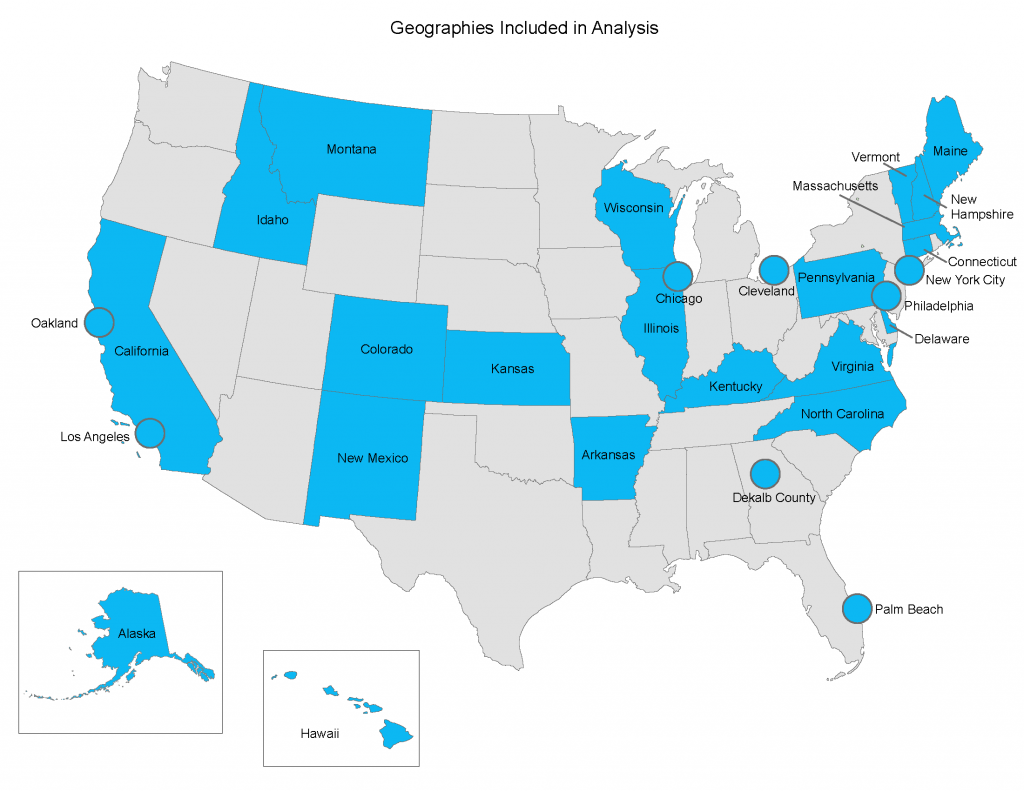Over 360,000 high school students are homeless across America. These students face many challenges that go beyond lacking a stable, safe place to sleep every night. They are more likely than their housed classmates to miss school repeatedly, transfer schools mid-year, score lower on their state exams, and ultimately drop out of school. In addition to these academic setbacks, homeless students are also more likely to experience poor health and social outcomes compared with their housed peers. They are at heightened risk for malnutrition, depression, dating violence, alcohol and drug use, and even bullying. The high prevalence of these outcomes among students that experience homelessness in turn contributes to poor academic outcomes, hindering the ability of these students to access the same educational opportunities as their housed classmates.
No Longer Hidden: The Health and Well Being of Homeless High School Students, is a series of seven story maps that use data collected through the Centers for Disease Control and Prevention (CDC), to explore health and well-being outcomes among homeless high school students. This resource highlights the importance of this data and offers some examples of how it is being used in different communities to create evidence-based interventions that support homeless students. The story maps then provide an overview of students participating in the survey and analyze various outcomes across the areas of Physical Health and Nutrition, Mental Health, Relationship Violence and Sexual Risks, Alcohol and Drug Use, and School Climate.

Note: Data included in this report come from the Youth Risk Behavior Survey (YRBS), administered every other year to high school students by the Centers for Disease Control and Prevention (CDC). The YRBS helps monitor priority health risk behaviors that contribute to the leading causes of death, disability, and social problems among youth and adults in the United States. In 2015, several locales opted to include housing questions on their surveys, and in 2017, the CDC included these as optional questions, prompting over 30 states and large school districts to include housing questions on their surveys. Data in this report are from Alaska, Arkansas, California, Colorado, Connecticut, Delaware, Hawaii, Idaho, Illinois, Kansas, Kentucky, Maine, Massachusetts, Montana, New Hampshire, New Mexico, North Carolina, Pennsylvania, Vermont, Virginia, Wisconsin, Chicago, IL, Cleveland, OH, DeKalb County, GA, Los Angeles, CA, New York City, NY, Oakland, CA, Palm Beach, FL, and Philadelphia, PA.
Additional Resources:
Reports:
Infographics:
Interactive data:
What’s Next? Subscribe for Updates:
Receive all ICPH Education reports, commentary and interactive data via email by subscribing below.